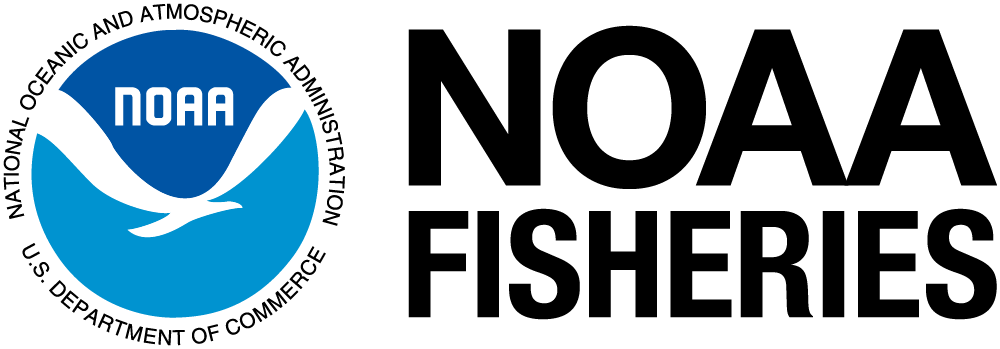ASSESSING THE FEASIBILITY OF QUANTIFYING THE BODY CONDITION OF SMALL DELPHINIDS USING UAS-PHOTOGRAMMETRY
LOCATION: HAWAII, UNITED STATES
Lars Bejder, PhD; Aude Pacini, PhD; Fabien Vivier
Marine Mammal Research Program, Hawaii Institute of Marine Biology, University of Hawaii at Manoa
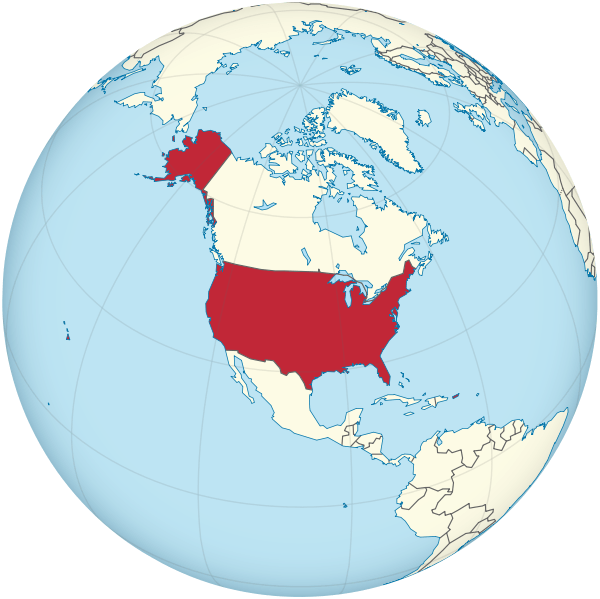
PROJECT SUMMARY

Fabien Vivier, MMRP, HIMB, University of Hawaii at Manoa
Environmental and anthropogenic stressors can alter vital rates of individuals and subsequently impact populations of wildlife. Early detection of possible effects of stressors on individuals would constitute a powerful tool in assessing potential impacts on populations. Available information at both the individual- and population level can help identify and test species-specific parameters related to population health. For cetaceans, body condition (often evaluated using a combination of metrics of mass, length, girth, and blubber-thickness) is a good indicator of individual health.
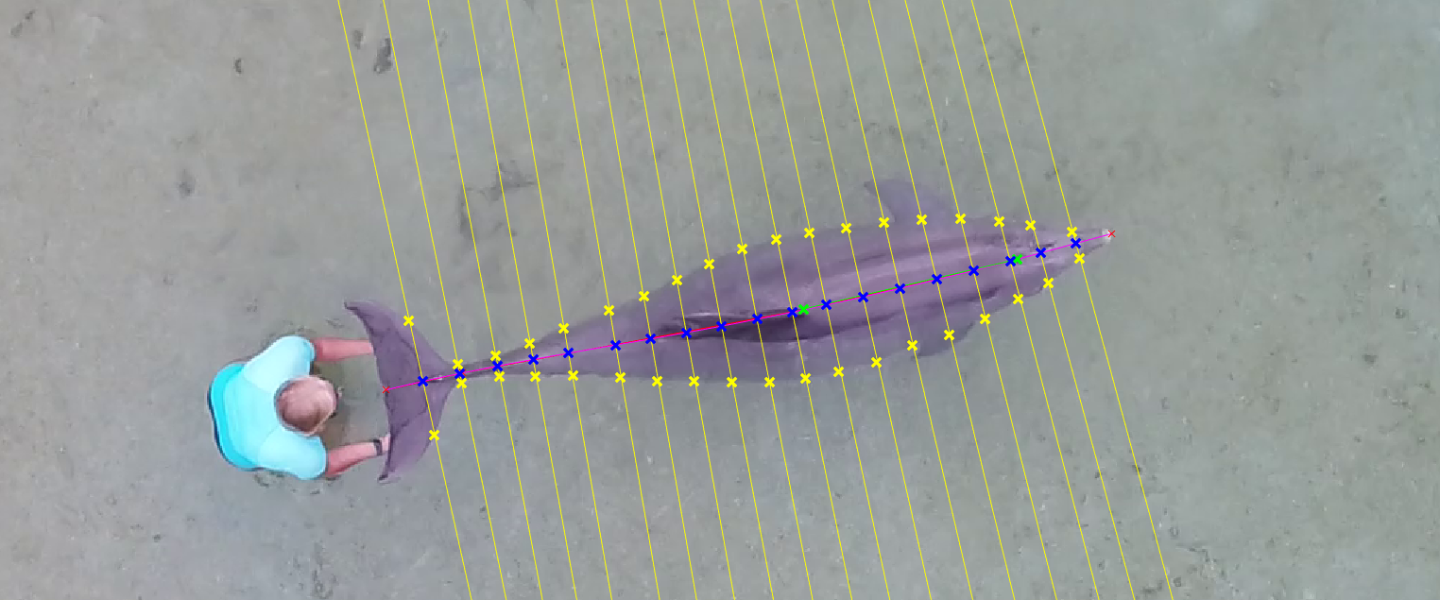
Fabien Vivier, MMRP, HIMB, University of Hawaii at Manoa
Aerial photogrammetry has become common practice in cetacean research, and emerging Unoccupied Aircraft Systems (UASs or ‘drones’) have facilitated body condition studies on cetaceans. However, they are primarily focused on a few select species of large baleen whales. The main objective of this project is to assess the feasibility of quantifying the body condition of small delphinids using UAS-photogrammetry, coupled with physical measurements and 3D-imagery of bottlenose dolphins housed at Dolphin Quest Oahu.
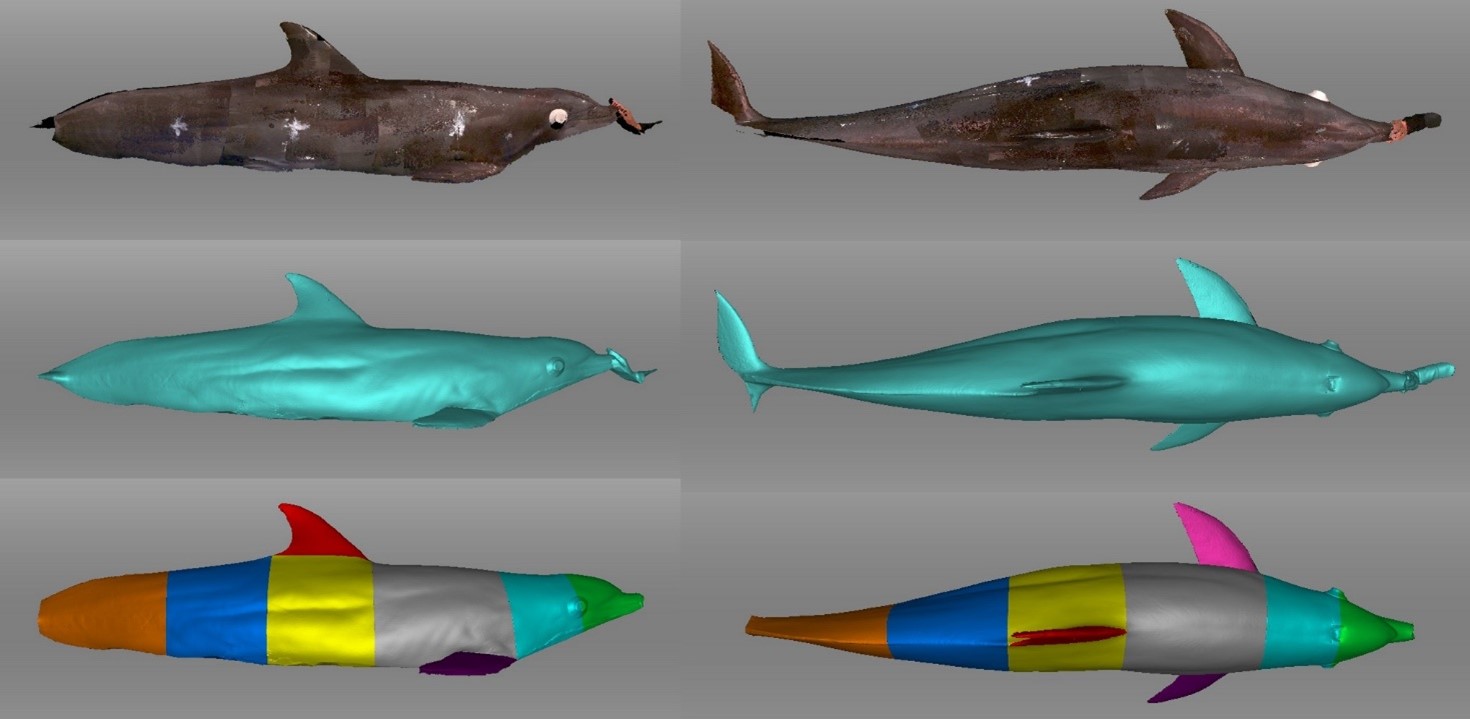
Fabien Vivier, MMRP, HIMB, University of Hawaii at Manoa

